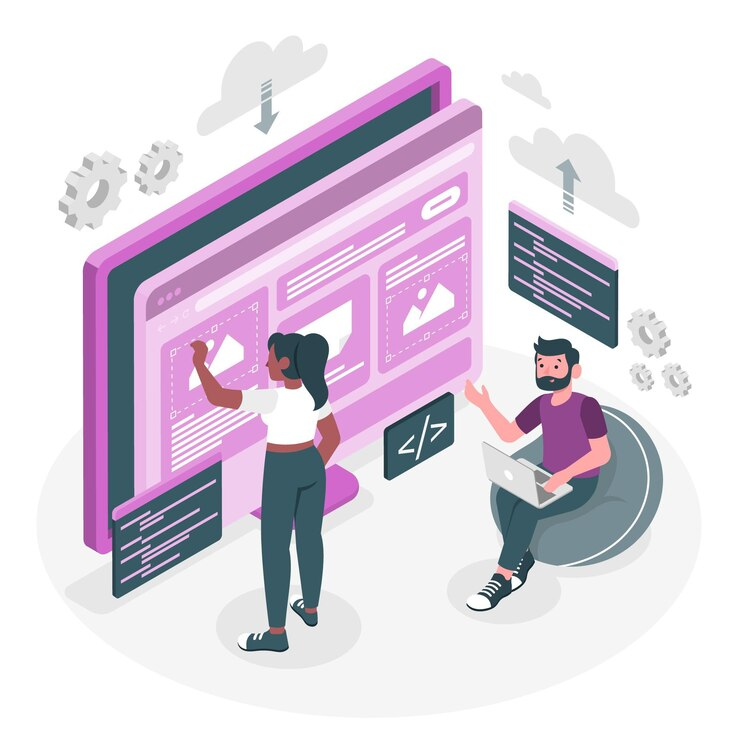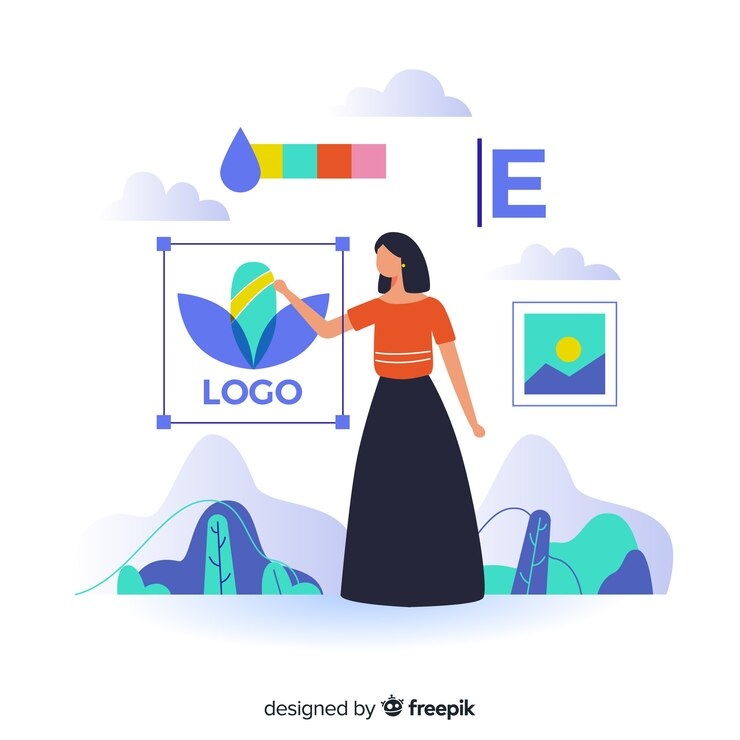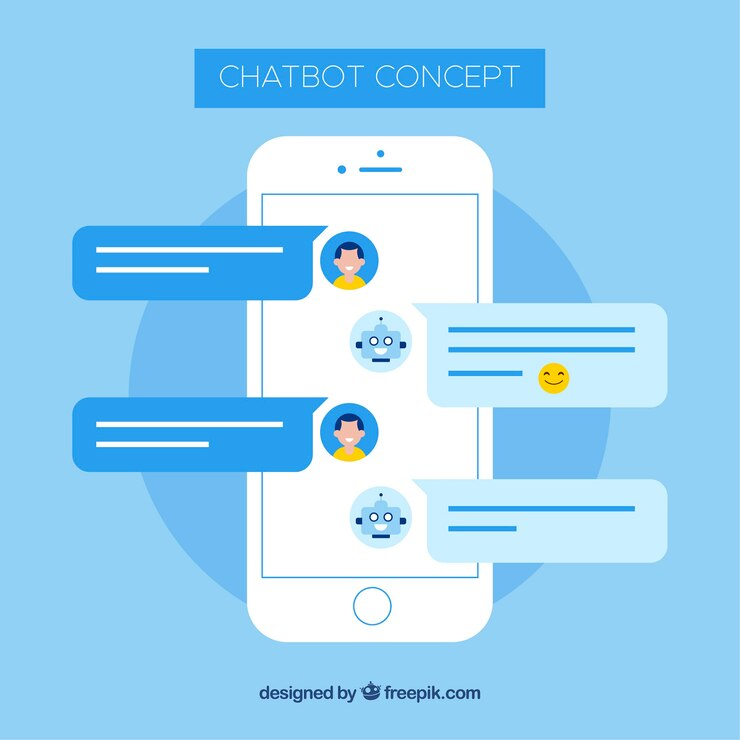Highlights
- Interactive tools boost engagement by encouraging active participation, like clicking, typing, or answering questions.
- Popular tools include calculators, surveys, live chat, and interactive maps for enhancing user experience and conversions.
- They provide valuable insights through data collection, helping tailor content and strategies to user preferences.
- Interactive tools improve satisfaction by making websites more dynamic, personalized, and responsive to user needs.
In today’s digital world, simply appealing design and useful content isn’t enough to keep visitors engaged. Research shows that 53% of visitors will abandon a site if it loads too slowly, and 88% won’t return after a poor user experience.
To address these challenges like low engagement and high bounce rates, it’s crucial to understand what are web interactive tool ideas that can truly enhance your website.
So, let’s explore some of the most impactful interactive tool ideas and how they can help improve your site’s performance.
What Are Web Interactive Tools?
An interactive tool boosts user engagement by encouraging them to participate actively, whether it’s by clicking, tapping, typing, or performing other actions. For instance, a personalized pricing calculator on a website’s pricing page can assist customers in making informed choices.
Instead of simply browsing through static pages, users can participate in activities like answering questions, completing forms, or using calculators to perform tasks. These tools enhance the website experience, making it more dynamic, engaging, and personalized.
Examples of Web Interactive Tools

Let’s discuss some of the most common web interactive tools you can integrate into your website to enhance user experience and achieve your business goals.
1. Quizzes and Surveys
Quizzes and surveys are some of the most popular interactive tools on the web. They can serve various purposes, from entertainment to education to lead generation. For instance, a quiz could help customers choose the best product for their needs, or a survey could be used to gather feedback on your services.
These tools work by prompting users to answer a set of questions, and based on their responses, they receive a personalized result or score.
2. Calculators and Estimators
Another excellent example of web interactive tools is calculators or estimators. These tools allow users to input data and receive real-time results. For example, a mortgage calculator on a real estate website helps users calculate monthly payments based on their input. In contrast, a price estimator on an e-commerce site allows customers to understand the cost of a customized product.
3. Polls and Forms
Polls and forms are simple but effective interactive tools that allow website visitors to express their opinions, submit information, or register for services. Polls can be used to ask quick questions and gauge public opinion on various topics. In contrast, forms can be used for multiple purposes, including collecting contact information, gathering feedback, or processing customer orders.
4. Interactive Maps
Interactive maps are especially useful for businesses with physical locations, such as restaurants, retail stores, or service-based companies. These maps allow users to zoom in, click on locations, and view additional information about each place.
For instance, an interactive store locator map on a website lets visitors find the nearest store to them by entering their zip code or city.
5. Live Chat and Chatbots

Live chat and chatbot features are gaining popularity as essential web interactive tools for enhancing user experience and customer service. These tools allow users to ask questions or get instant support without leaving the website. While live chat connects users with real people, chatbots use artificial intelligence to respond immediately to common inquiries.
6. Games and Interactive Demos
Games or interactive demos can be fun and engaging to keep visitors entertained while promoting your products or services. For example, a clothing brand might offer an interactive tool allowing customers to design their outfits or a software company might offer a demo version of its product that users can interact with to experience its features firsthand.
Why Are Web Interactive Tools Important?
Now that we’ve explored the different types of interactive web tools let’s discuss why they are so important. There are several key benefits to adding interactive features to your website, which can directly impact user engagement and your bottom line.
1. Increase Engagement
One of the most significant advantages of interactive tools is that they increase user engagement. By offering visitors the chance to participate actively on your site, you encourage them to interact more with your content. This leads to greater overall engagement, increasing the likelihood of conversions.
2. Improve User Experience
When users feel like they are part of the website experience rather than passive viewers, it leads to improved satisfaction. Interactive tools can make your site more personalized and responsive to user needs. This leads to higher levels of user satisfaction and encourages visitors to return in the future.
3. Drive Conversions
Interactive tools can be strategically used to guide users toward a conversion goal. For example, an e-commerce site could use an interactive product customization tool to help customers create their ideal product, which can increase the likelihood of them making a purchase.
What Are Web Interactive Tool Ideas for Your Business?
You might wonder, “What are web interactive tool ideas that can fit my business?” Some examples include:
- For an e-commerce business: product customization tools, calculators, and quizzes to suggest products.
- For a service-based business: lead capture forms, appointment scheduling tools, and customer satisfaction surveys.
- For entertainment: interactive games, polls, and quizzes for user engagement.
How to Implement Web Interactive Tools on Your Site?
Once you understand the value of web interactive tools, the next step is to implement them effectively on your site. Here are some tips for making the most out of these tools:
1. Know Your Audience
Before adding interactive tools to your website, it’s essential to understand who your audience is and what they want. Consider the preferences and behaviors of your target audience. Are they seeking entertainment, information, or solutions to specific problems? Tailor your interactive tools to fit their needs.
2. Keep It Simple
While interactive tools can be powerful, it’s crucial not to overwhelm your users. Make sure the tools are easy to use and don’t require too much effort from your visitors. Simple, intuitive designs will encourage more interaction.
3. Test and Optimize
Always test your interactive tools to ensure they work correctly across various devices and browsers. Optimize their functionality for mobile users, as many visitors will access your site via smartphones or tablets.
4. Integrate Tools with Your Marketing Strategy
Your interactive tools should align with your broader marketing goals. Whether you’re using them to collect leads, promote a product, or gather customer feedback, ensure that each tool serves a strategic purpose.
5. Promote the Tools
Once your interactive tools are live, make sure visitors know about them. Use banners, pop-ups, or even social media promotions to drive attention to your new interactive features.
The right tool depends on your business goals and your audience’s needs, so consider an interactive content platform to maximize your impact!
Summary
Incorporating web interactive tools into your website is a fantastic way to improve user engagement, enhance the overall experience, and drive conversions. By using the right tools that align with your audience’s needs and your business goals, you can create a more engaging and successful online experience. Don’t forget to explore the section “What are web interactive tool ideas” for your business to ensure you choose the right interactive features to boost your website’s success.






